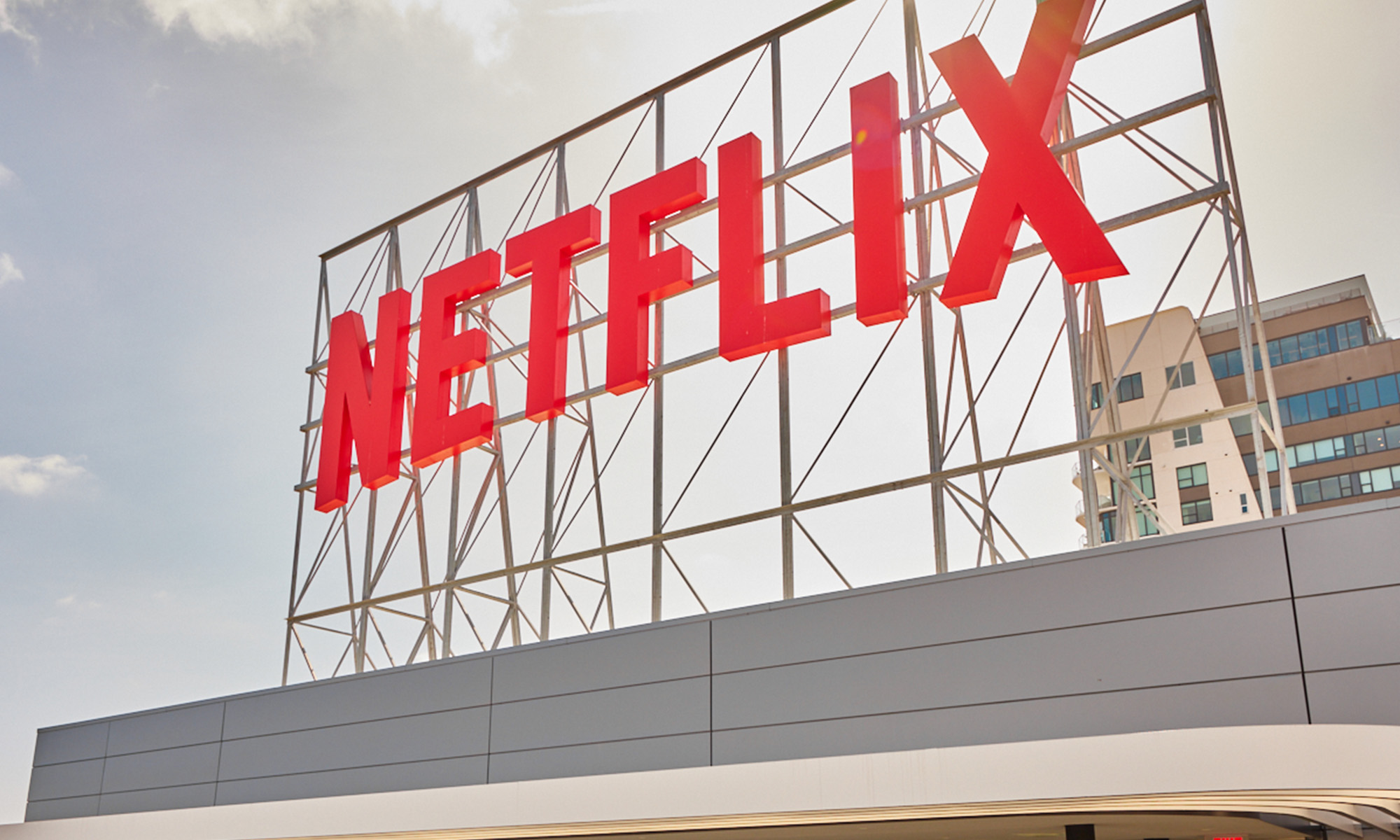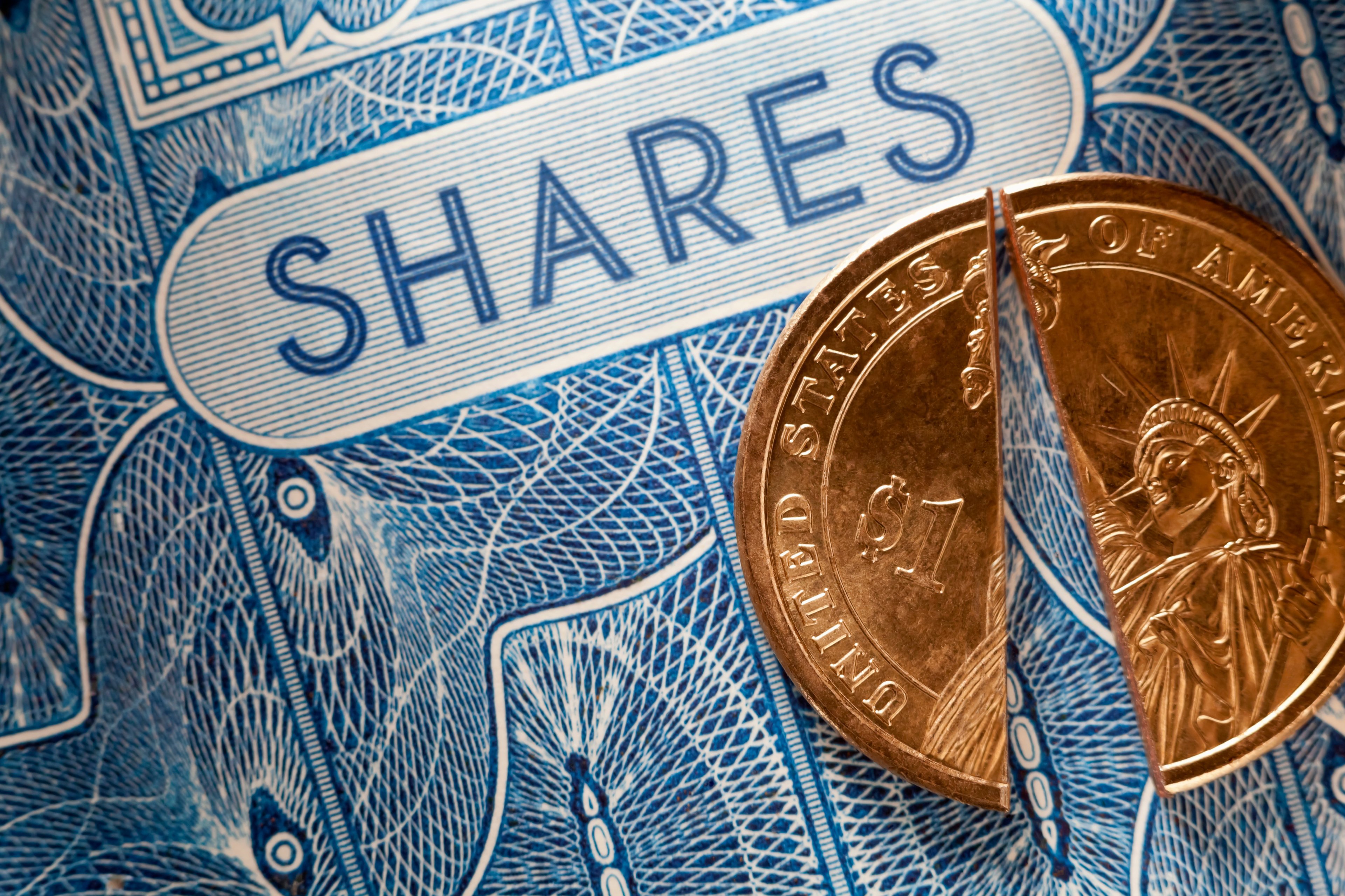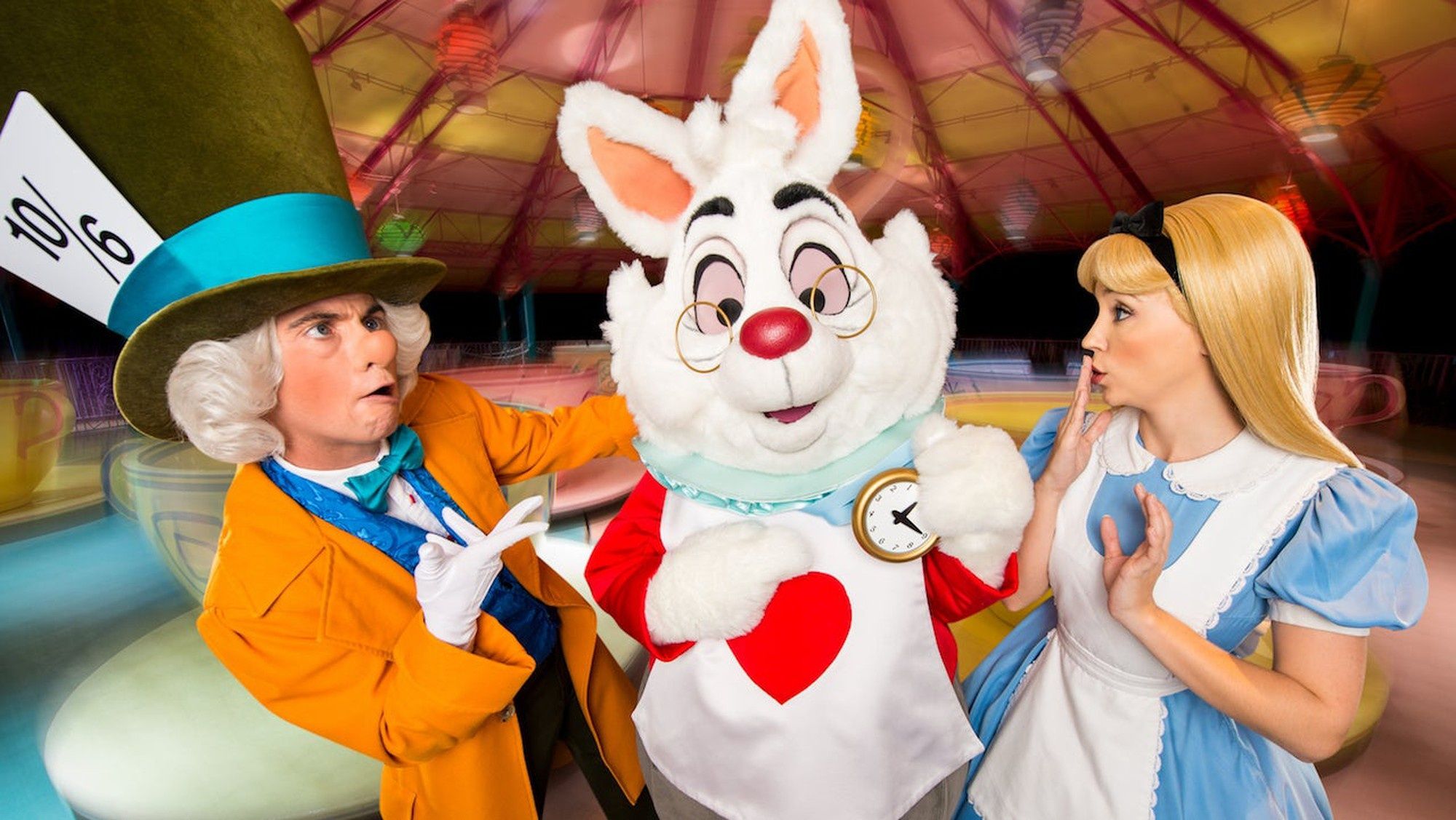While most subscription video on-demand services saw an increase in streaming hours over the last couple of months as consumers stayed home, three services outpaced the rest of the growing group of competitors. Netflix (NFLX 1.24%), Amazon (AMZN +0.47%) Prime, and Disney's (DIS +1.02%) Disney+ all grew their share of streaming hours between February and mid-May, according to data from Comscore.
Streaming competitors aren't standing still, though, and consumers are seeing more and more premium content show up on competing streaming services. That's emphasized by a couple of high-profile launches this summer in HBO Max and Peacock from AT&T and Comcast, respectively.
Even so, the prospects are good that Netflix, Disney, and Amazon will continue gaining share of streaming hours through the rest of the year. But the reasons for each service's continued success varies.

Image source: Getty Images
Netflix expanding its market lead
Netflix grew its share of streaming hours by 1.5 percentage points to 26.7% for the 15-week period from February 3 to May 11. That market-share gain aligns with the 2.3 million net additions for the service in the U.S. and Canada during the first quarter. The prior three quarters showed signs that Netflix was near its saturation point in the region, adding barely over 1 million subscribers in the previous nine months.
Netflix doesn't expect those subscriber results to continue through the rest of the year. "Intuitively, the person who didn't join Netflix during the entire confinement is not likely to join soon after the confinement," management wrote in its first-quarter letter to shareholders.
Still, it should see relatively high engagement and low churn compared to the competition thanks to its long runway for content. Since Netflix releases every episode of its original series at once, it works well ahead of its releases unlike most traditional television networks. As a result, its 2020 release schedule is mostly unaffected by the COVID-19 pandemic.
Competitors, including Disney+, HBO Max, and Peacock are all seeing production and content schedules severely impacted. Peacock, in particular, will feel the pain as it intended to use the 2020 Olympic Games as a launchpad for the service in July.
Amazon Prime is increasingly valuable, and it's a streaming service
Amazon Prime Video also saw a 1.5 percentage point bump in its share of streaming hours during Comscore's reporting period. And while it's had several successful original releases in that time frame, including Hunters, Bosch season 6, and Upload, perhaps the biggest driving force has been people signing up for Prime for the core shopping benefits -- faster shipping, including home-grocery delivery.
Amazon has been a big beneficiary as consumers shift their spending from in-store to online. As a result, it's driven signups for Prime. Combined with increased consumer demand for streaming, streaming hours on Prime Video have increased as well.
First-time Prime Video viewers doubled in March, CFO Brian Olsavsky told analysts during Amazon's first-quarter earnings call. That said, Comscore's data shows a much more modest increase in streaming hours above where they were at the start of February, up 20% to 40% most weeks. But streaming hours increased fairly steadily for Amazon over the course of the period, after an initial spike in March. That indicates increasing engagement from Prime members, which should lead to strong subscriber retention for trial members and those on the monthly subscription plan.
Disney+ is more about its content library than its new originals
Disney+ may have been a lifesaver for some parents trying to work from home while their young ones don't have school or day care. The kid-friendly streaming service saw its share of streaming hours increase 0.5 percentage points during the 15-week period.
Disney+ saw particular strength in late March after bringing Frozen 2 to the service earlier than planned. It followed that up at the start of April by releasing Pixar's Onward on the service after theaters closed. But Disney managed to support strong engagement through April and early May on the strength of its back catalog. Forty-six percent of Disney+'s early sign ups came for its back catalog alone, while another 35% gave equal weight to its catalog and new originals.
Disney is fairly unique in that regard. The biggest factor influencing most streaming-service subscribers are originals. But the strength of Disney's brand and its content library mean it should fare better than the competition in attracting and retaining subscribers even if it experiences delays in new content releases.
It's worth noting Disney's Hulu saw a significant decline in its share of streaming hours. It's much more heavily reliant on originals and next-day releases from broadcast television. That could cause it to lose even more viewer share going forward. That said, the media company's bundled offering could support subscriber and engagement numbers.
The competition has its work cut out for them if they want to catch the leaders in streaming media.








